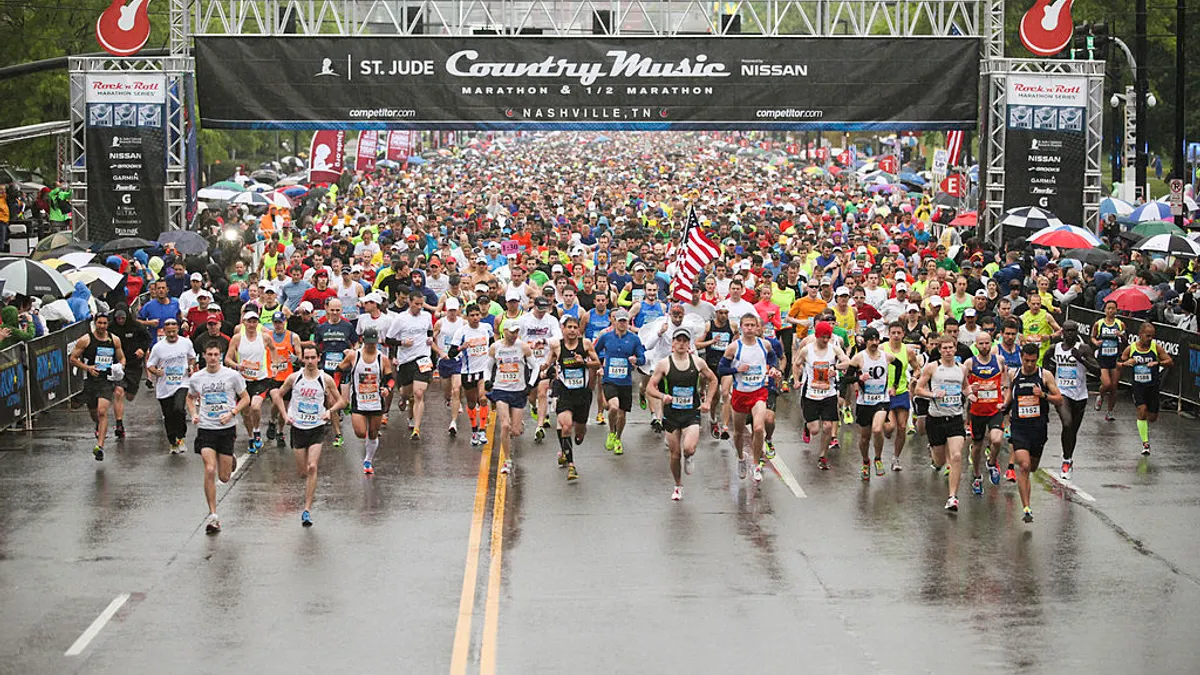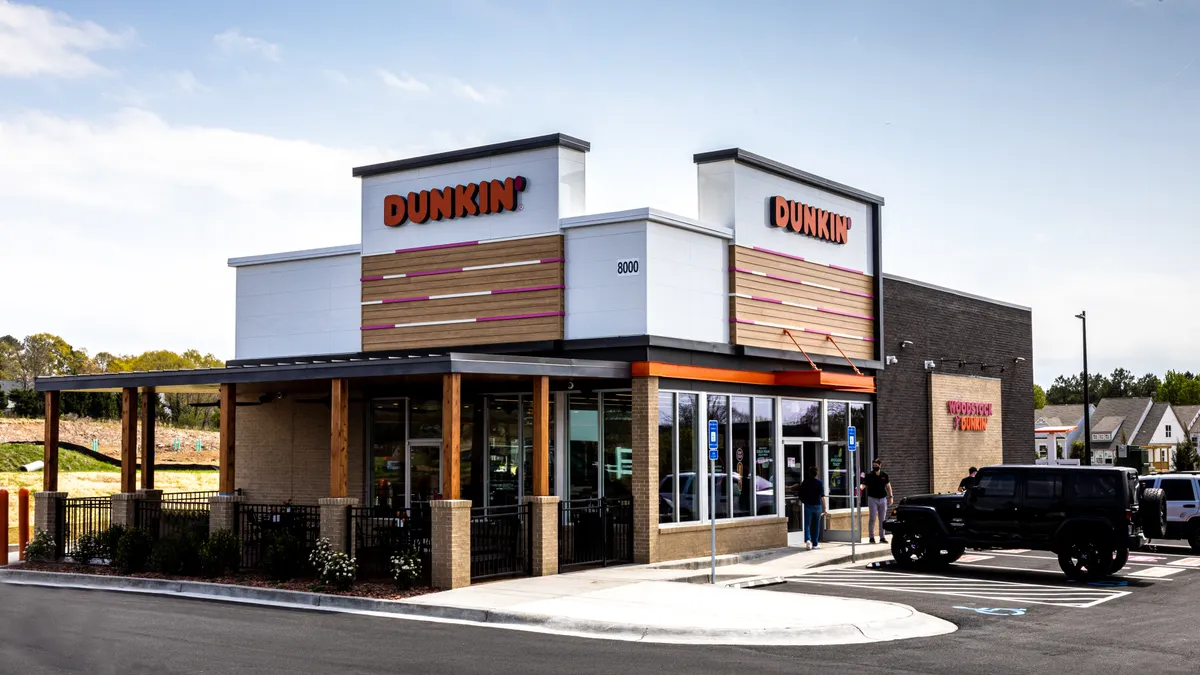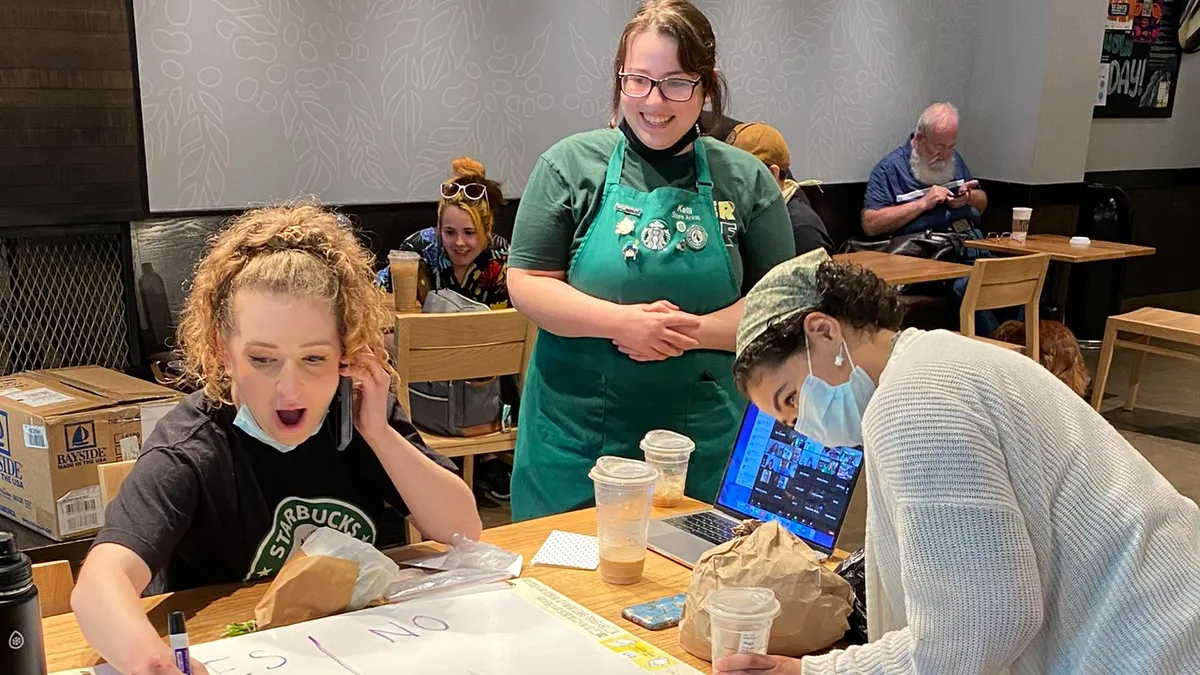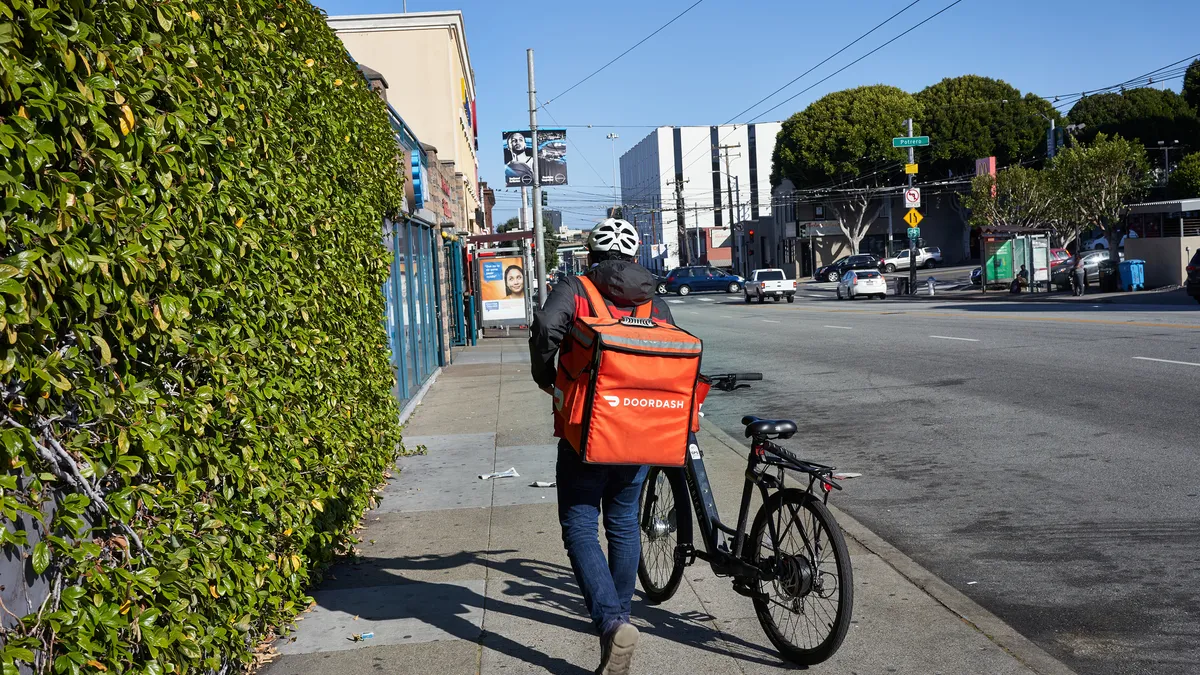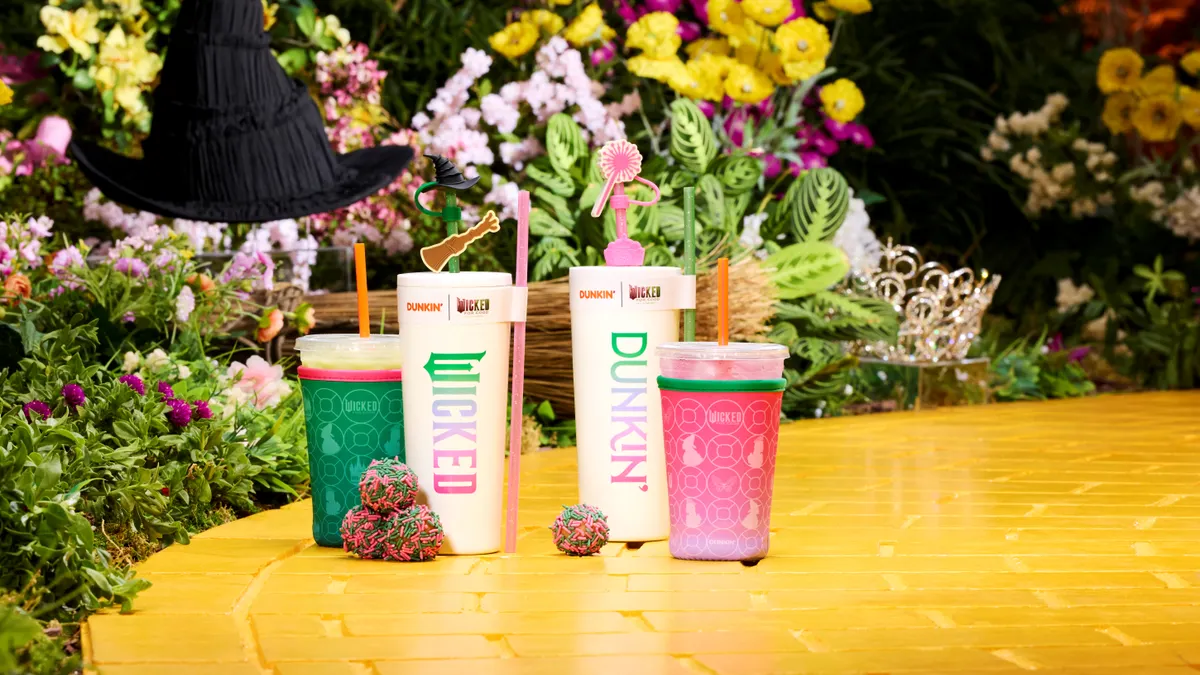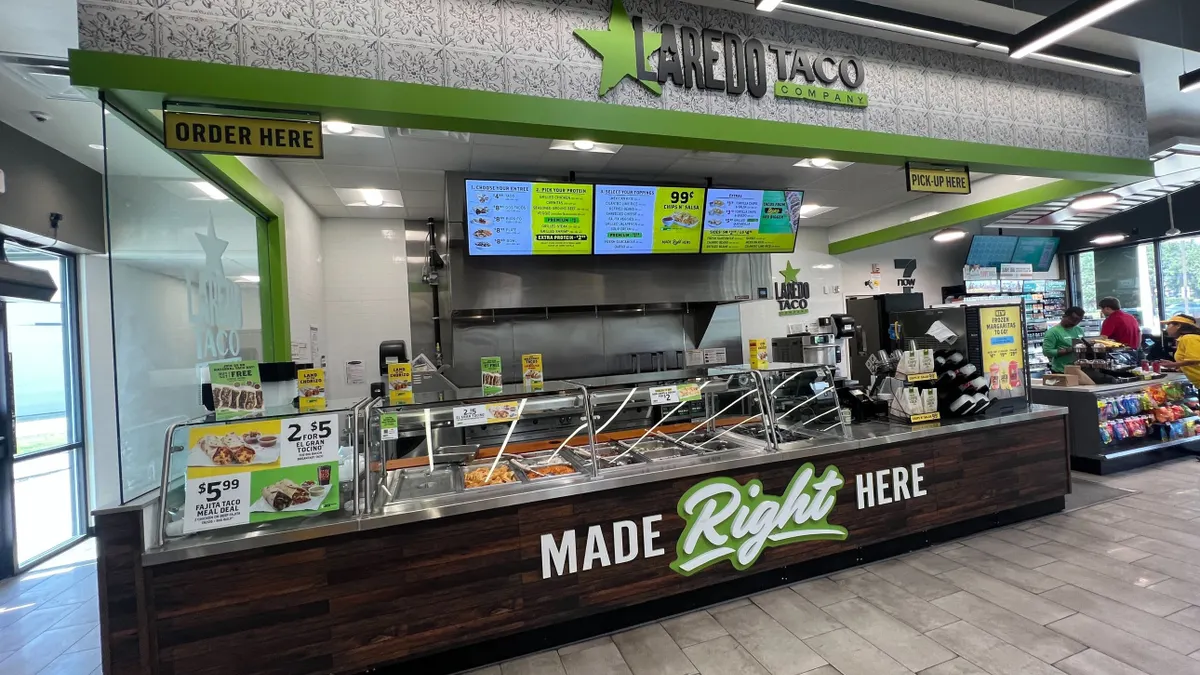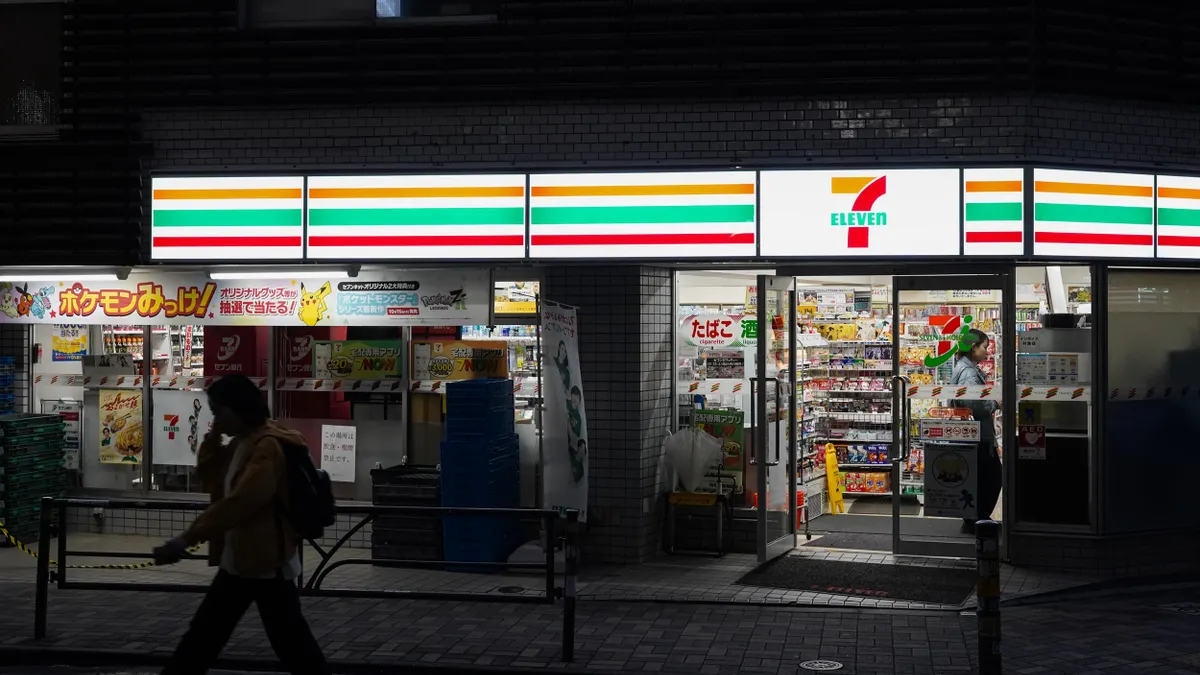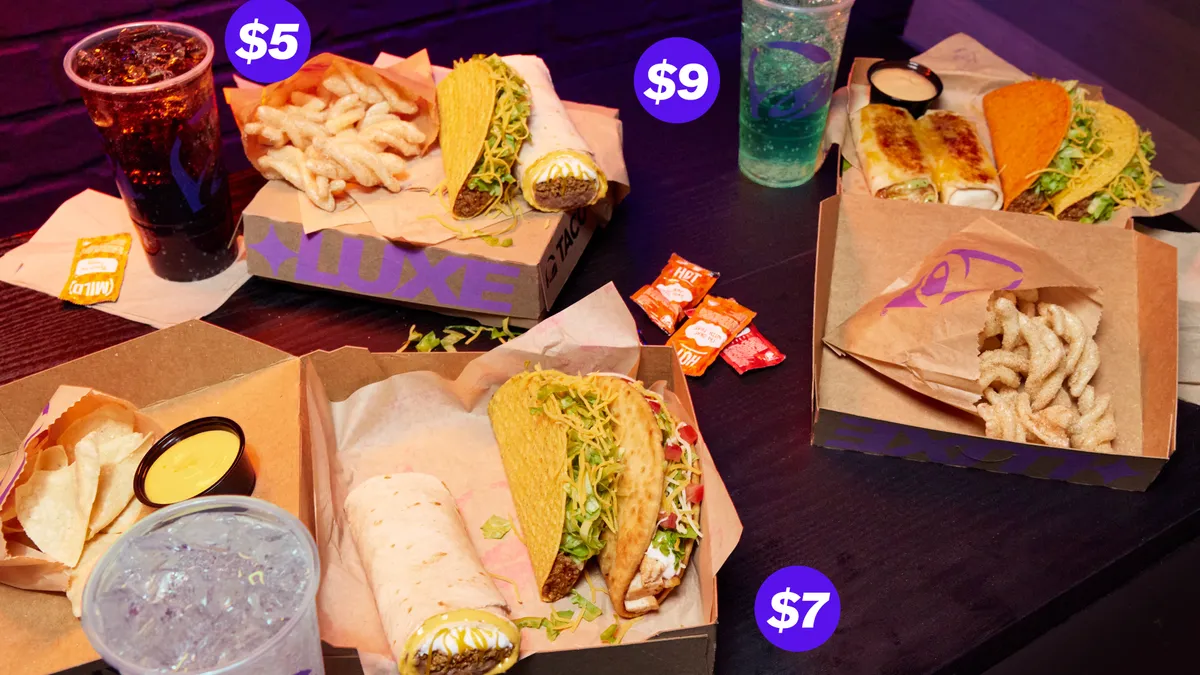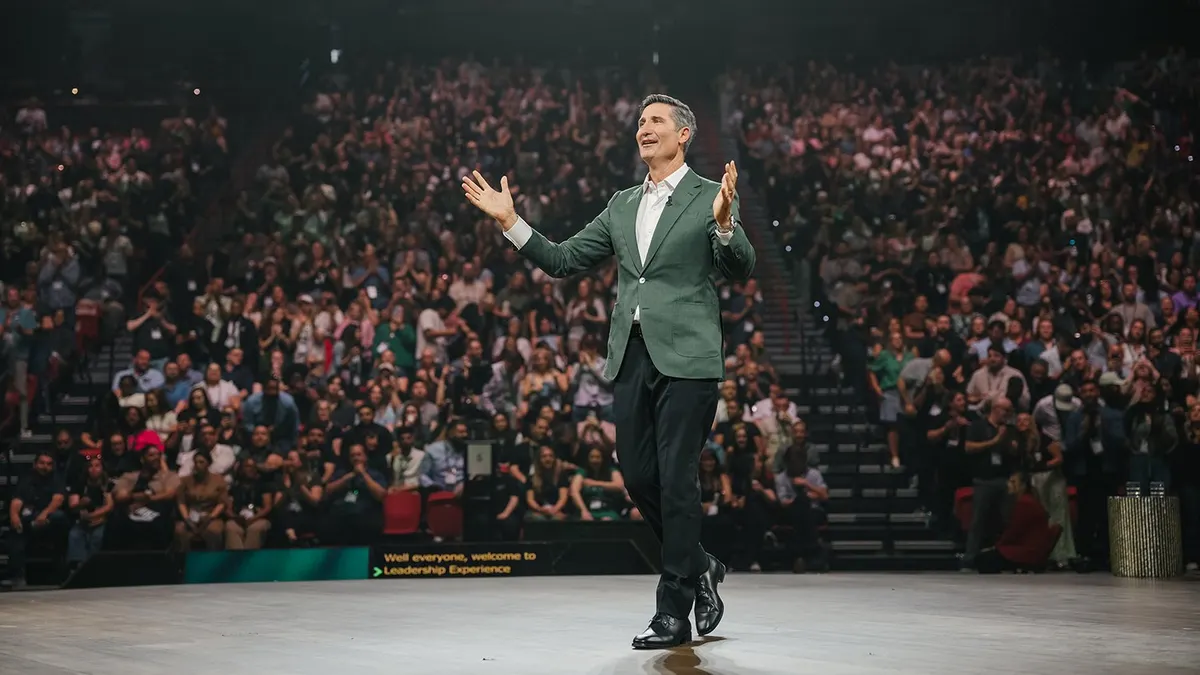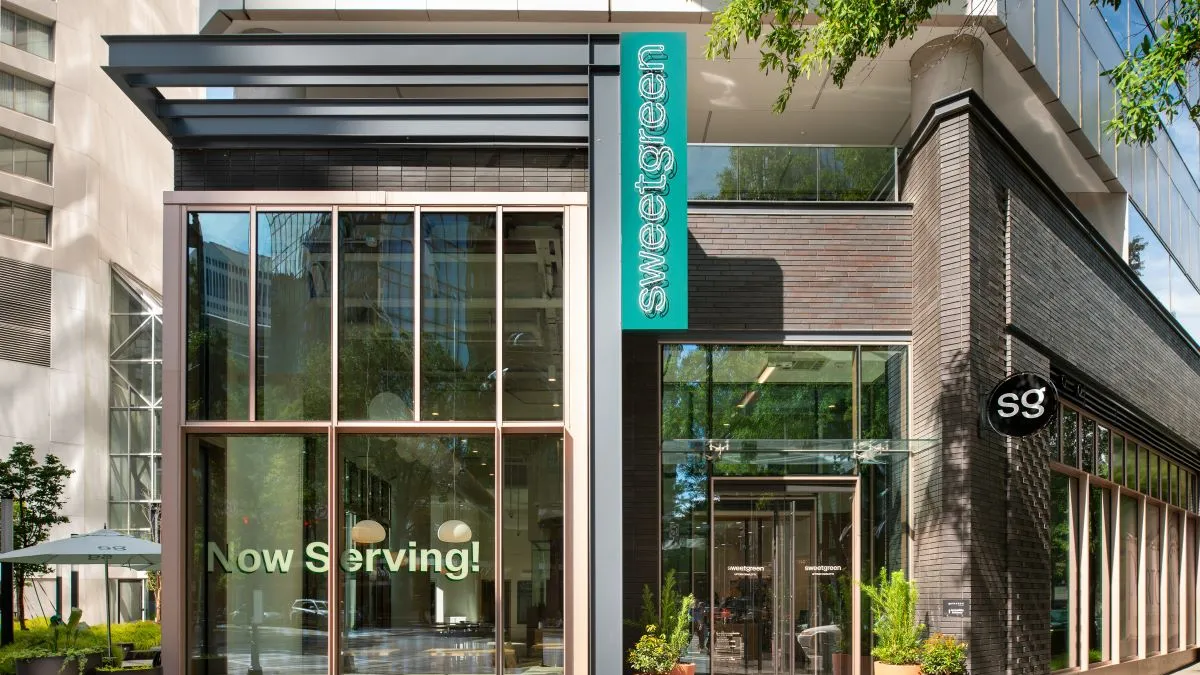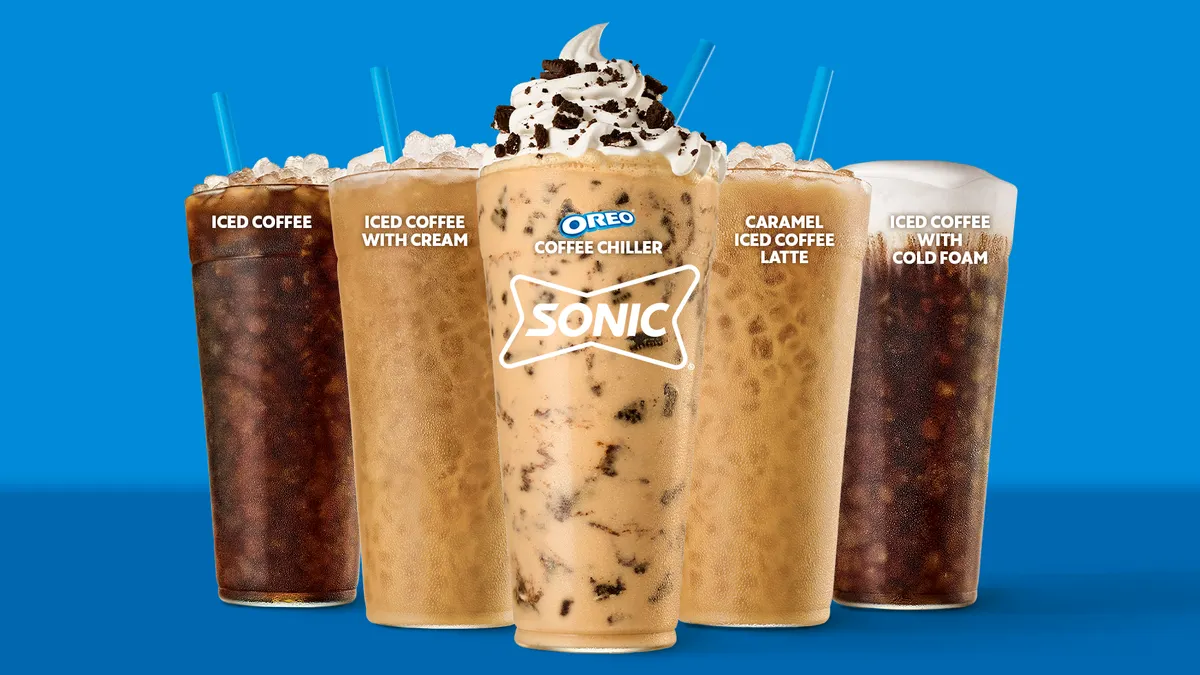The following is a guest post written by Julie Powell, the senior director of market insights and competitive intelligence at Toast.
Canyon Road’s Ruperto Ramirez has seen it all. During his three decades at the Mexican restaurant on Manhattan’s Upper East Side, he worked his way up from dishwasher to head chef, then bought the business in 2016 and gained expertise on what eateries can expect during the New York City Marathon, which runs for the 54th time on November 2.
As Ramirez puts it, the marathon isn’t just another Sunday: “It’s our second-busiest day after Cinco de Mayo. We start getting crazy busy around 11:30 a.m. That typically lasts until 6 p.m. We then get a fresh wave of diners, who are regulars, along with people from the marathon who come in to eat dinner and celebrate their friends and family who ran the race. Everyone is working hard but having fun.”
That sentiment encapsulates a crucial strategic insight. Restaurant operators are running a long-distance financial race every day, focused on increasing profitability — a top goal for 40% of operators in a recent Toast survey¹ — and lifting guest traffic. Believe it or not, many may be missing a massive, predictable gold rush right outside their doors: the annual city marathon, which happens in nearly every major U.S. city.
This weekend, the NYC Marathon isn't just a race. It's 2 million hungry, thirsty and cold onlookers lining the streets — one of the biggest, and most chaotic, revenue days of the year.
We dug into Toast platform data to see which restaurants really won the day last year. The results? Restaurants near the finish line saw a massive 23% sales jump.²
This revenue surge is not unique to New York. Toast platform data from the 2024 Boston Marathon showed even greater success, as overall sales for restaurants surged 56% along the route and increased by 68% near the finish line, compared to the average for the same day of the week.
It’s not about luck. It’s a proven, data-backed business opportunity. Below, you’ll find a comprehensive operational playbook for every city restaurant nationwide to turn a single-day rush into a potential increase in revenue. Operators can apply this intelligence to any major event on their calendar, whether it’s a marathon, a major parade, or a stadium concert, to help gain a competitive edge against rising food costs and labor shortages.
Data deep dive: the tale of two zones
To maximize revenue during a marathon, operators must first understand the two distinct consumer zones created by the race route — the high-volume course route and the high-value finish line. Each requires a fundamentally different strategy.
The first zone is along the route. During the NYC marathon, restaurants along the 26.2-mile course face a different challenge: the volume game. This crowd is primarily made up of onlookers who arrive early and consume quickly.
In-route restaurants on the Toast platform saw transactions surge 15% but check size dip 2% on average during the 2024 NYC Marathon. Early morning transactions spiked up to 57% by 7 a.m. Operators should prioritize pre-made, grab-and-go options and heavy early-morning staffing, a significant deviation from a typical Sunday brunch schedule. Service speed is the primary metric.
The Parched Hospitality Group’s Hole in the Wall in Williamsburg perfectly executes this volume strategy. Chief strategy officer Tom Rowse explains they turn their corner location, which sits directly on the route, into a celebratory beer garden with a DJ and an outdoor pop-up bar. “It's part of the celebration, part of setting that vibe, and that excitement,” Rowse said.
They augment their regular menu with easy-to-execute items — pre-made breakfast rolls and sausage rolls, plus a themed runner's punch. This simplicity is key on high-traffic days, and helped them achieve a revenue jump of around $10,000 compared to a typical Sunday.
Rowse advised keeping operations as simple as possible to prevent long lines and maximize transactions. “We want to be able to make sure people can come in, order, pay, and move on to what they want to do,” he said.
Meet-ups at the finish line
The finish-line zone is defined by high-value traffic that arrives in a compressed period, often with an immense appetite, from those who have just completed a 13-mile half-marathon or a full 26-mile race. This surge requires a focus on efficiently processing large checks and group orders. Restaurants on the Toast platform in the 2024 NYC marathon finish-line zone saw Gross Merchandise Volume (GMV) jump 23% and average check size rise 12%.
Operators should focus on high-margin, quick-turnaround menu items and optimize point-of-sale (POS) processing for handling large, complex checks efficiently. Staff must also be prepared for larger parties eager to celebrate, rather than linger.
Ramirez’s Canyon Road restaurant is located at Mile 17 of the race route and is also adjacent to the finish line across Central Park. This weekend, he’ll set up a pizzeria-like open-window stand focused on selling to-go items, including breakfast burritos, margaritas and sangria, to marathon spectators. This move converts passersby into customers efficiently, using high-margin, pre-prepped items to manage the massive mid-day rush while the main kitchen stays focused on in-house diners.
Staffing, Ramirez explained, is different than your average weekend day. “Our bartenders, wait staff, outside staff, kitchen staff — we're all there really early,” Ramirez said. “We normally have two bartenders, but I use a third one for that day. It’s day and night of non-stop working, but employees feel the incredible vibe and ‘see’ the money.”
3 Lessons for event-day max-out
The marathon’s two zones present three universal business challenges that every operator in any major city can learn to overcome. These lessons focus on staffing logistics, menu strategy and guest experience technology.
Lesson 1: The 'two-shift' staffing strategy
Marathon traffic patterns necessitate treating the day like two separate high-volume operations: the early morning rush and the late afternoon celebration. Just scheduling one long shift is a recipe for disaster. Your team will be burned out and in the weeds before the first runner even hits the wall, and service could nosedive. The strategy requires splitting shifts and obsessive pre-planning for inventory.
The fundamental principle is to implement staggered shifts, ensuring peak staffing hits early along the route and then again between 1 p.m. and 4 p.m. in the immediate finish zone to handle the main post-race crowd. Staff must also manage unique operational challenges, and may consider, for example, strategically turning off third-party delivery and limiting dine-in reservations to maintain control and capacity. For inventory, a commitment to securing all supplies days in advance is vital, as road closures may make mid-day deliveries impossible.
Lesson 2: menu engineering for celebration and recovery
Customers, post-race, prioritize immediate comfort and celebration, as reflected in Toast’s data. This is about getting the little things right. Your menu needs to be engineered for speed and profit. Toast data shows beer sales soared 183% and comfort food like burgers rose 57% on race day near the finish line.
The strategic menu shift is about simplicity and speed. Some operators pre-batch high-margin cocktails, pre-prep comfort food staples, and cross-train kitchen staff to maintain speed and quality. The success of quick-service items provides a clear blueprint for augmenting high-volume days with high-margin, easy-to-execute products.
Lesson 3: maximize high-value celebration traffic
For restaurants not directly on the race route, the opportunity shifts from foot traffic to attracting and managing high-value groups celebrating in the late afternoon or evening. This strategy replaces spontaneous traffic volume with planned, personalized, technology-managed reservations.
Operators of Wilka's, a two-month-old women's sports bar in Lower Manhattan just off the marathon route, have already figured out how to leverage the event — even though it's their first marathon day — by attracting high-value business. Co-founder Lauren McKenna and her team reached out to marathon participants on Instagram in recent weeks, inviting them to celebrate post-race.
“We’ve been direct-messaging people who we know are running and invited them to come through our bar post-marathon to celebrate,” she explained. “Anyone with a marathon [participation] medal gets a free drink.”
The repeatable revenue strategy
This marathon playbook shows that major city events can offer predictable, high-revenue traffic patterns that can be maximized with operational foresight. From the high-volume route to the high-value finish line, success belongs to operators who plan for distinct consumer behaviors.
Whether selling grab-and-go items to morning onlookers like Canyon Road, optimizing celebration menus for speed like Hole in the Wall, or proactively booking high-value parties like Wilka's, the key is preparation. Every major city event represents a significant revenue opportunity.
By strategically staffing, menu engineering and implementing technology, any restaurant operator can apply this marathon intelligence to capture maximum revenue, turning a one-day rush into a high-profit, repeatable business strategy for every major event on a city’s calendar.
For marathon days, Ramirez suggested, it’s all about getting lost in the moment in a good way.
"At that point, it feels like you're part of the runners,” he said. “That energy is amazing the whole day.”
¹Methodology: To help better understand the restaurant industry, Toast conducted a blind survey of 712 restaurant decision-makers operating 16 or fewer locations in the United States including both Toast and non-Toast customers from April 18, 2025, and May 13, 2025. Respondents include a mix of both full-service and quick-service restaurants. Respondents were not made aware that Toast was fielding the study. Panel providers granted incentives to restaurant respondents for participation. Using a standard margin of error calculation, at a confidence interval of 95%, the margin of error of +/- 4%.
²Methodology: Toast analyzed transactions on the Toast platform in zip codes along the NYC marathon route on Sunday, November 3, 2024, and compared them to the two Sundays preceding and two Sundays after the race.
³Methodology: Toast analyzed transactions on the Toast platform in the Boston Metropolitan area on Monday, April 15, 2024, and compared them to the average Monday in 2024.


